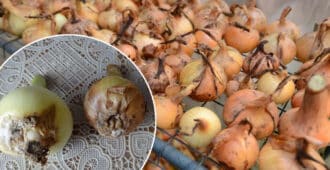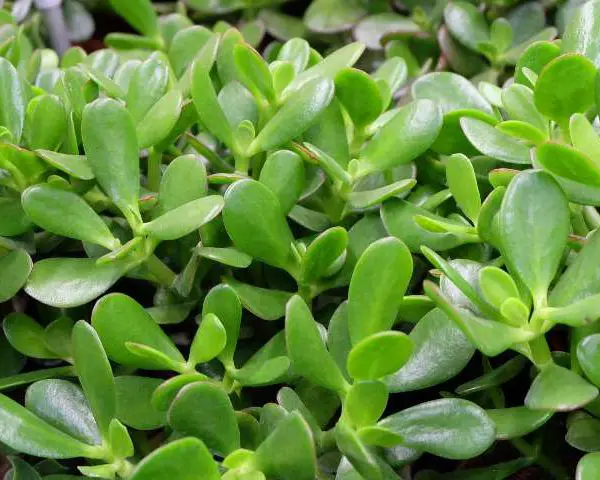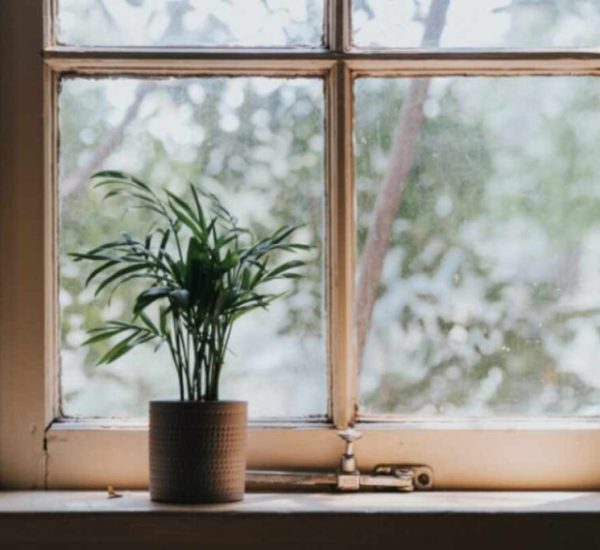Onions are kitchen staples prized for their versatility and flavor-enhancing properties. However, when stored indoors, they can sometimes succumb to rot prematurely. Understanding the main reasons for onion rot and implementing preventive measures can help extend their shelf life effectively. Here’s how to address these issues:
Causes of Onion Rot:
- High Humidity: Excessive moisture in the storage area promotes fungal growth and accelerates onion rot. Basements and humid environments are particularly prone to this issue.
- Poor Ventilation: Onions require adequate air circulation to prevent moisture buildup and maintain freshness. Storing them in sealed containers or plastic bags without ventilation can lead to rot.
Preventive Measures:
- Choose the Right Storage Location: Opt for a cool, dry, and well-ventilated area for storing onions indoors. A pantry or cupboard with good air circulation is ideal.
- Avoid Moisture: Ensure onions are completely dry before storing them. Remove any dirt and allow them to air-dry thoroughly before placing them in storage.
- Use Proper Containers: Store onions in mesh bags, open baskets, or on wire racks to promote air circulation. Avoid plastic bags or airtight containers that trap moisture.
- Inspect Regularly: Check stored onions regularly for signs of softness, mold, or sprouting. Remove any rotting or damaged onions promptly to prevent spread.
- Separate from Potatoes: Keep onions away from potatoes and other root vegetables, as they release moisture and gases that can accelerate spoilage.
By addressing these common issues and adopting proper storage practices, you can significantly reduce the risk of onion rot and prolong their freshness indoors. With a little attention to storage conditions and regular inspection, you can enjoy a steady supply of healthy onions for your culinary creations throughout the year.
Show Comments



